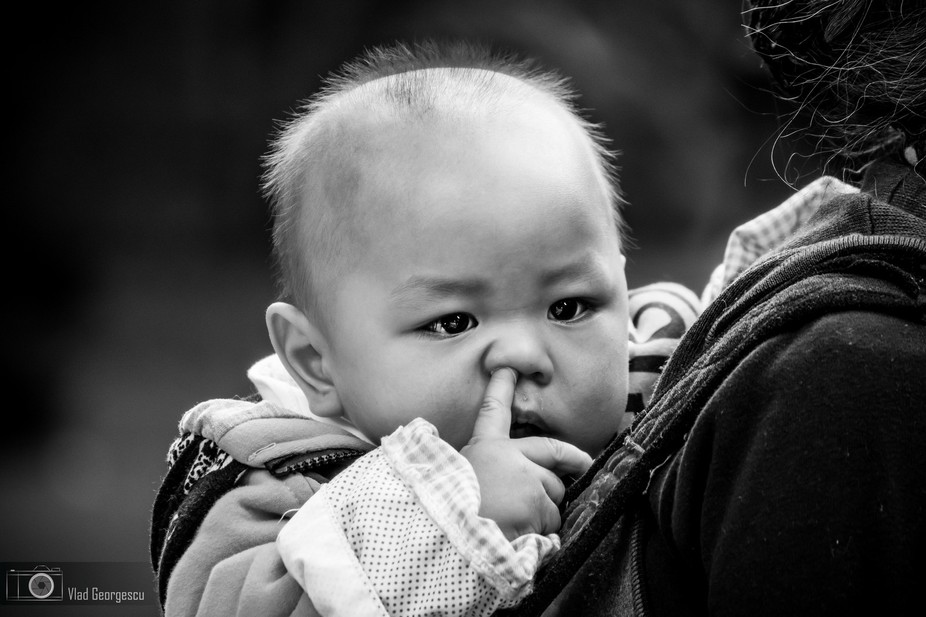As China's government urges a birth surge to combat the country's plummeting fertility rates, the industry is poised to rise to support a new generation of parents who are digital-natives, have a global outlook, and prefer experiential learning. This mindset is significantly shaping how and where they spend, with the baby-care and maternity market estimated to reach 4.63 trillion yuan, approximately $645 billion, in 2025, representing a 7% annual growth rate. According to Joe Ngai, chairman of Greater China at McKinsey & Company, younger parents prioritize children's experiences, such as golf lessons and ski trips, creating a more premium market.
The shift in spending patterns is driven by the Gen Z parents, who are value-driven, social media-savvy, and quick to call out brands they believe cross the line. Before committing to a product, these parents tend to spend more time comparing options, scrutinizing details, and seeking out peer reviews online. As a result, companies must explain why their products stand out, and giving parents more transparency into what they are buying, especially when it comes to nutrition ingredients, will drive first purchase, ensure retention, and brand loyalty. However, this heightened awareness also plays into long-standing concerns over product safety in China, an issue that still resonates with Chinese parents nearly two decades after an infant formula scandal in 2008.
Beijing has intensified efforts to reduce the financial strain of parenting and ease what it calls the "fertility anxieties" of young couples. The government has launched a nationwide child-rearing subsidy program, handing out 3,600 yuan a year for every child under three, and announced tuition fees waivers for children in their final year at public preschools and some private kindergartens. While these measures supplement China's efforts to reduce childcare costs, experts say financial incentives alone are not enough to change minds, particularly among educated women in urban cities, who face tough choices between career progression, high childcare costs, and the burden of eldercare. Millennials and Gen Zs are also part of the so-called "sandwich generation," balancing care for both aging parents and young children.
The cost of raising a child until they are 18 relative to per capita GDP is around 6.3 times in China, compared to 4.11 times in the US, according to a population research think tank. Hiring help in tier-1 cities like Shanghai has also been priced out of reach for most dual-income households. For highly-educated, single millennial and Gen Z women who haven't had children, there's a growing awareness of the mental and physical burdens that come with marriage and childbirth. The 3,600 yuan subsidy only covers the cost of about 10 cans of infant formula, highlighting the need for more comprehensive support for families. Despite these challenges, Beijing's bet is that a little extra cash in parents' pockets – and the spending it triggers – might at least give the country's birth rates a short-term boost.
As China's population continues to decline, with three consecutive years of population decline and seven consecutive years of birth rate declines, the government is under pressure to find solutions. The fertility rate is just above 1.0, and births dropped to 9.7 million last year, a little over half from the 18.8 million in 2016. While the government has raised its birth quota to three per couple, introduced tax breaks for childcare, and moved to curb after-school tutoring costs, more needs to be done to address the underlying issues driving the decline in birth rates. By understanding the cultural trends, social issues, and community impact, the industry can better support the new generation of parents and help shape a more family-friendly environment in China.
In conclusion, as China's government urges a birth surge, the industry must rise to meet the changing needs and preferences of a new generation of parents. By providing more experiential learning opportunities, prioritizing product safety and transparency, and addressing the underlying issues driving the decline in birth rates, the industry can help support the country's efforts to boost fertility rates. While financial incentives are a step in the right direction, more comprehensive support for families is needed to address the challenges faced by young couples, particularly educated women in urban cities. Ultimately, a more family-friendly environment in China will require a multifaceted approach that takes into account the cultural, social, and economic factors driving the country's demographic crisis.

